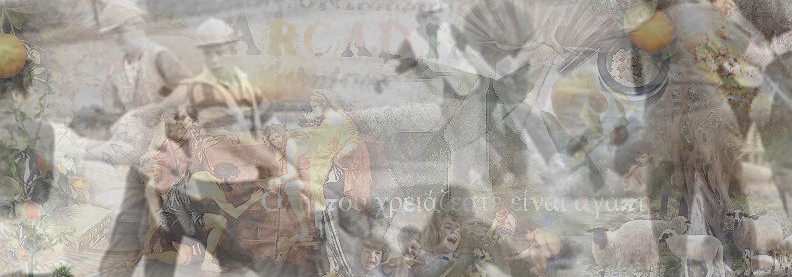At over 600 feet, Solsbury hill affords
spectacular views of the city of Bath
and surrounding countryside. At the
top there is an iron age hill fort dating
back to 300bc.
The hill and nearby springs have
connections with the Celtic goddess
Sulis and King Bladud. The sense of
history and spirituality is palpable,
inspiring
Peter Gabriel to write the
song ‘Solsbury Hill’ .
In the valley below there are equally
beautiful water meadows. The whole
area falls within a designated Area of
Outstanding Natural Beauty.
It was hardly surprising that there
was local and national anger at the
decision to build three miles of road
through it all.
Having spent over a year in East Africa
photographing nomadic herders living
precariously in a fragile and endangered
ecosystem, returning to grey John
Major Tory Britain was particularly
uninspiring. I had focused on environmental
photography for most of my
working life to this point. It seemed to
me that the never ending cycles of famines
and wars were fuelled by a craving
to over consume. No one appeared
to care.
But on my first visit to Solsbury
hill in March 1994 it was refreshing to
find passionate, committed people prepared
to make a stand. Conversations
were hostile to consumer culture,
savvy and cynical about the media,
and driven by a will to save the planet.
Their attitudes were optimistic and
constructive, and they expressed themselves
with humour and creativity.
At times it felt as though the land
was gripped by a second civil war.
Conspirators huddled round fires
united in their belief in the cause.
The authorities responded in a way
that heralded our current surveillance
culture.
I remember going to the Bath
police station on one occasion to report
some act of security guard violence
that I had photographed. On the
wall of the police station there was a
“have you seen this person?”
poster of
many faces from the Welling riots in
October1993 which stemmed from a
demonstration organised by Militant
and the Anti-Nazi League against
BNP skinheads. But the faces depicted
on the police poster were not those of
skinheads.
Quite clearly the police had their
antennae out, suspecting the anti-roads
movement to be part of some Militant
conspiracy.
A lot of the action initially started on
the ground but as the road moved on
up the hill the protest fell back to the
trees at Whitecroft
– this would be
the final stand and the main focus of
this book.
Climbing around in the trees 80 ft.
up on polypropylene ropes was another
world. It was no mean feat and for
the first few weeks adrenalin coursed
through the body. The climbing harnesses
that were worn (often home
made) became such a mark of respect
Solsbury Hill
15
that they were worn as fashion accessories
in Bristol night clubs by people
who had only heard stories of the
protest.
I took these pictures on a battered
manual rangefinder camera using
mainly one lens and carrying pocket
loads of film.
This was the only method that
could withstand the rain and constant
climbing around in the trees, where you
needed to be light and not bulky.
By comparison digital cameras in
1994 were expensive and massive with
short battery lives, producing files of
only 1.4 megapixels. The World Wide
Web had only been live for a year and
mobile phones were expensive and the
size of a house brick.
On one occasion a national newspaper
ran a story on security guard
violence using my pictures. I had to
drive the negatives down to London and
at a petrol station pay desk I was stared
at. Until that point I was oblivious to
the fact that I was covered in mud and
algae from the trees, and stank of wood
smoke and sweat having been in the
same clothes for over a week.
It felt like I’d left my tribe and I
owed it to them to get the message out.
Fifteen years on the message which
I hope to convey in the subsequent
pages seems more relevant than ever.
Adrian Arbib

